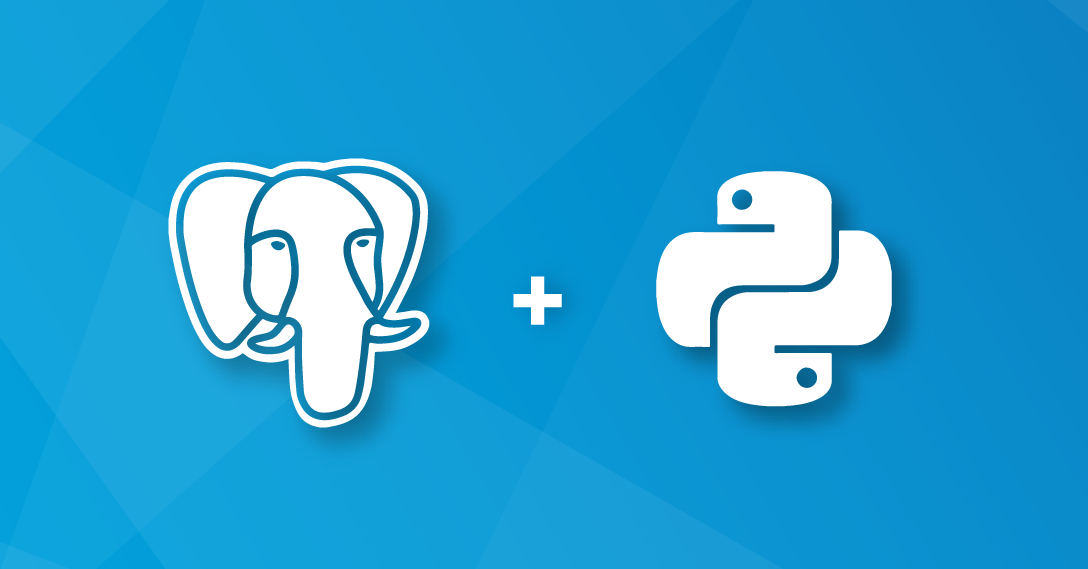Latest posts
PostgreSQL 13 Upgrade and Performance Check on Ubuntu/Debian: 1.6GB/s random reads
PostgreSQL 13 was released last week. I'm excited about this one, as the more mature partitioning plus logical replication features allow some long-requested deployment architectures
6 min readUsing Postgres and pgRouting To Explore The Smooth Waves of Yacht Rock
PG Routing is a powerful routing tool, usually used for pathfinding/mapping/direction applications. Today we’re going to use Postgres via Crunchy Bridge to find the most influential Yacht Rock artist, and find out why it’s Michael McDonald.
14 min readPostgres Data Types in PL/Python
Kat explores a few interesting things she encountered in PL/Python data type mapping, especially when adding NumPy and SciPy to the picture.
9 min readExploring PL/Python: Turn Postgres Table Data Into a NumPy Array
In this post, we'll try running NumPy in a simple user-defined function which also takes advantage of PL/Python database access functions. The function will show a working example of how to easily convert a data table in Postgres to a NumPy array.
6 min readAnnouncing Crunchy Bridge: A modern Postgres as a service
Crunchy Bridge delivers on the premise of a managed database service allowing you to focus on your application not your database, but we go several steps further.
4 min readHidden Gems of PostgreSQL 13
Which hidden gem features in Postgres 13 can have a big impact?
6 min readJoins or Subquery in PostgreSQL: Lessons Learned
Today's post is going to work through the advice I received on using joins rather than subqueries.
7 min readPostgreSQL Node Metrics: Don't Fly Blind
Monitor your PostgreSQL container node and get host metrics with the Postgres extension pgnodemx.
13 min readThree Easy Things To Remember About Postgres Indexes
If you're getting started with learning about indexes, here are a few things that hopefully will help round out your understanding.
5 min readIntroducing the Postgres Prometheus Adapter
To make it easier for anyone that wants to use Postgres as their backing store for Prometheus, we’re proud to announce the release of the PostgreSQL Prometheus Adapter.
5 min readWhy PostgreSQL 13 is a Lucky Release
See why PostgreSQL 13 is a lucky release as it adds features like incremental sort, parallel vacuum, and improves performance of B-tree indexes and more!
8 min readPreventing SQL Injection Attacks in Postgres
Learn about SQL injection attacks and how to prevent them in Postgres.
8 min readGetting Started with Postgres Functions in PL/Python
In this post, we'll take a quick look at how to get started with using PL/Python to write Postgres functions.
5 min readBuilding a recommendation engine inside Postgres with Python and Pandas
Learn how you can leverage Python and Pandas from directly inside PostgreSQL to build your own recommendation engine.
5 min readIterators in PostgreSQL with Lateral Joins
When the keyword LATERAL is added to your join the output will now apply the right hand part of the join to every record in the left part of the join.
4 min readAvoiding the Pitfalls of BRIN Indexes in Postgres
A BRIN is a Block Range Index. A block is Postgres’ base unit of storage and is by default 8kB of data.
10 min readPostGIS and the Geography Type
The PostGIS geography type is a geospatial type that understands coordinates as spherical coordinates, in latitude and longitude.
4 min readAnnouncing pgBackRest for Azure - Fast, Reliable Postgres Backups
Backups are a key staple of running any database. pgBackRest aims to be a fast, reliable, easy-to-use backup and restore solution with the ability to seamlessly scale to the largest databases.
3 min readExtending Django's User Model with OneToOneField
In my first post, I talk about how Django's built-in authentication system can do some of the heavy lifting for your registration setup. In this post, I'll walk you through how we tied our data models and authentication together by extending Django's User model.
8 min readBuilding a User Registration Form with Django's Authentication System
Learn how to add a user registration system using Django's built in authentication.
8 min read









.png)

.png)


.png)


.png)
.png)




.png)